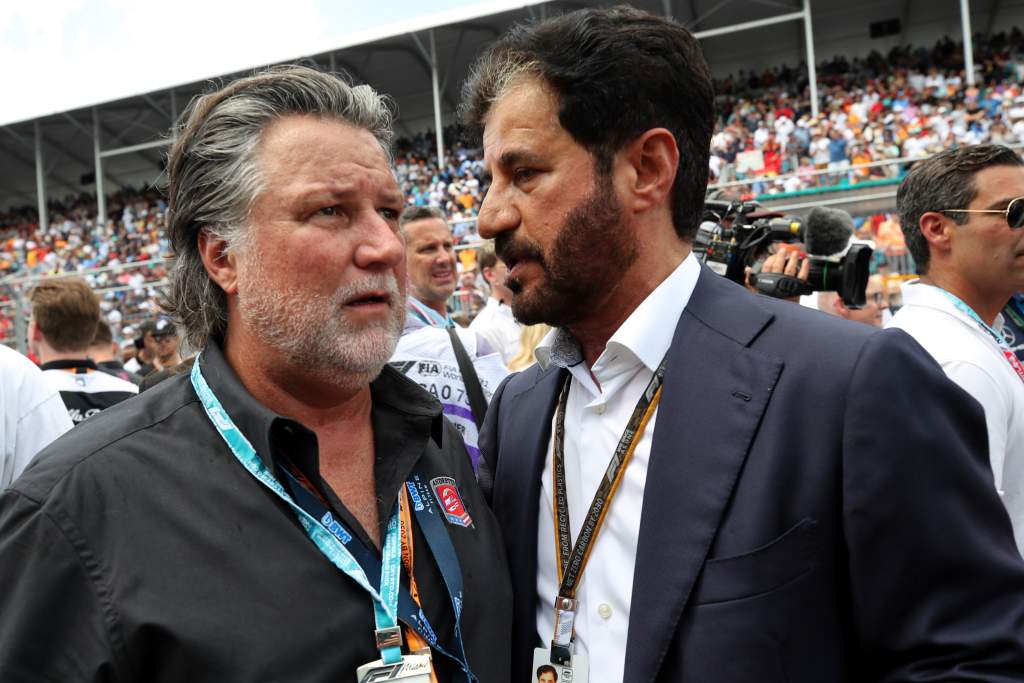Up Next

When the hint was dropped just four days ago that the FIA was open to allowing more teams onto the Formula 1 grid, there was immediate speculation about a variety of entities that might be tempted.
Andretti was already by far the most vocal aspiring F1 team angling for a chance, and now bringing Cadillac to the party appears to answer any doubts F1 had about its plans.
So is that the story over? Is the identity of the 11th F1 team already settled?
Not necessarily. F1’s immediate response to the Andretti and Cadillac announcement effectively said this is the loudest bid but that doesn’t mean it’s the only one.
“There is great interest in the F1 project at this time with a number of conversations continuing that are not as visible as others,” it said.
It also reiterated that it’s only interested in additions that help F1 stay “credible and stable” and that any newcomer “requires the agreement of both F1 and the FIA”.
The appeal of getting into F1 right now is obvious.
“There have been people sniffing around for a while, and as ever with F1 it is a mix: manufacturer brands, wealthy individuals, keen aspirants from elsewhere within motorsport that want to get into F1,” said Scott Mitchell-Malm on The Race F1 Podcast.
“F1 is in such a healthy place right now, I don’t think there’s been a better time to get into F1 in terms of knowing roughly what your spend will be and being able to do it with sensible planning and a reasonable expectation of a good return on investment.
“Andretti has now put itself at the front of the queue. I would be stunned if any other prospective entrant is either as advanced as Andretti and Cadillac, or as punchy in terms of its combination.
“But there are still very credible ones out there, I’m sure. Even if Andretti and Cadillac are accepted, who knows – there could be one or two others as well if F1 thinks that they’re up to it.”
F1’s interest in new manufacturers is well-known, and already being satisfied with Audi and now Cadillac (in branding terms) on the way. Ford, Porsche (which came close to a Red Bull tie-up) and Honda (which hasn’t really gone away) are all linked with F1 returns, and Hyundai is believed to have an interest in taking F1 on for the first time.
But the chances of any of those firms – bar perhaps Honda – going it alone with completely-from-scratch new works team set-ups are smaller than the chances of them coming in via an existing team whether in a takeover similar to Audi’s Sauber deal, or a branding or engine badging arrangement.
Other parties might be more likely to consider complete start-up programmes, with some of them outlined in detail on The Race’s website recently.
Hong Kong-based billionaire Calvin Lo has gone on the record with his interest in an F1 project repeatedly of late, and is believed to have connections with Williams owner Dorilton.
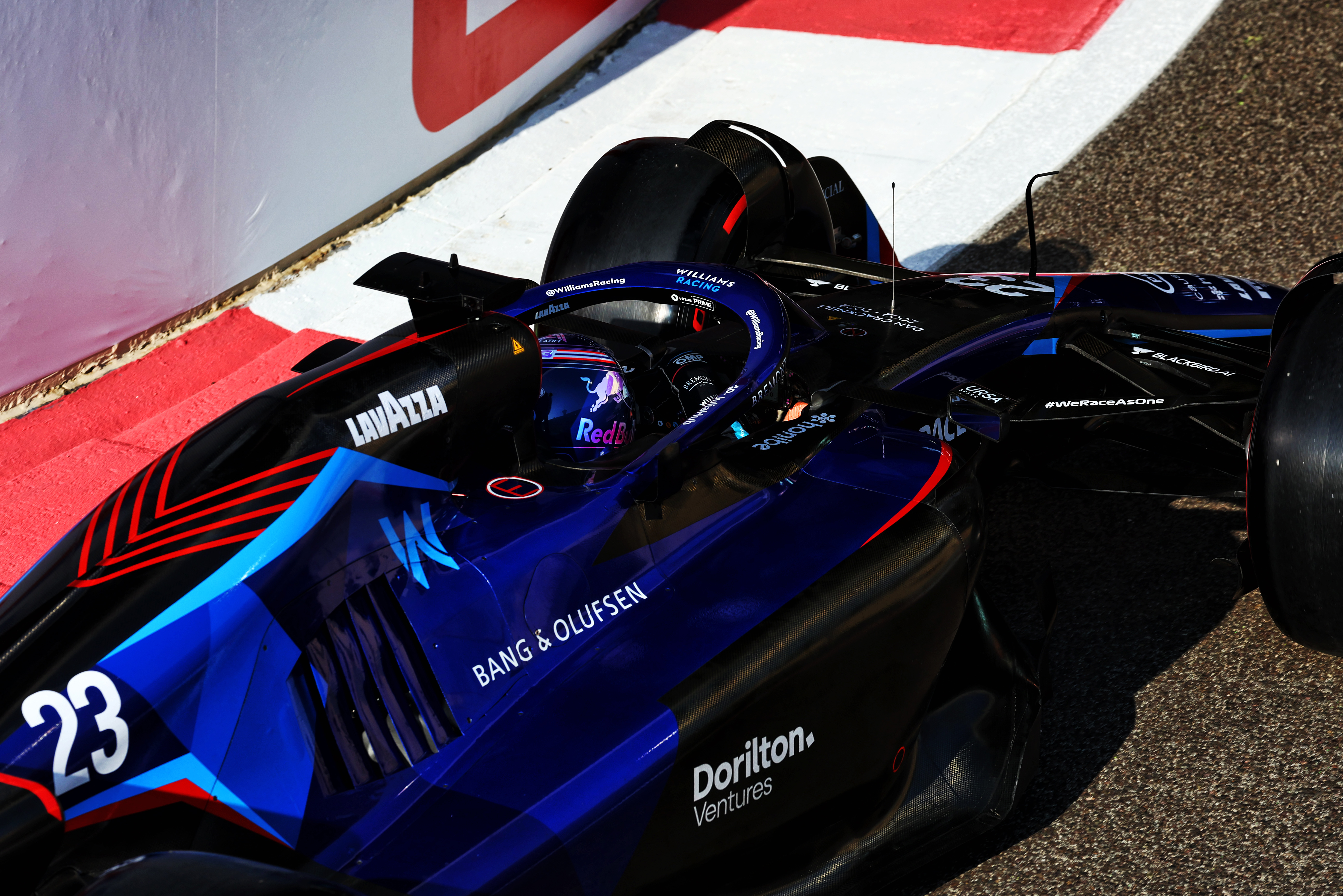
There have also been indications that an F1 entry is still of interest to the Mazepin family (which once tried to take over what is now Aston Martin, and was often mooted as a potential future buyer of Haas), in collaboration with long-time ladder-series partner Hitech and under the Uralkali banner. The current situation around Russia’s invasion of Ukraine complicates the prospects of any open F1 bid in the immediate future.
The Race has learned that the Panthera Team Asia project that first surfaced in 2019 to conduct some initial development work and start to raise the capital required to put together a proper entry is still active.
It’s headed up by co-founders Benjamin Durand – previously a senior figure in the SMP Racing and BR Engineering sportscar operations – and Michael Orts, who comes from a legal background and was a part-time driver in GT racing.
The obvious marker of a potentially credible new F1 team is the right amount of backing behind it.
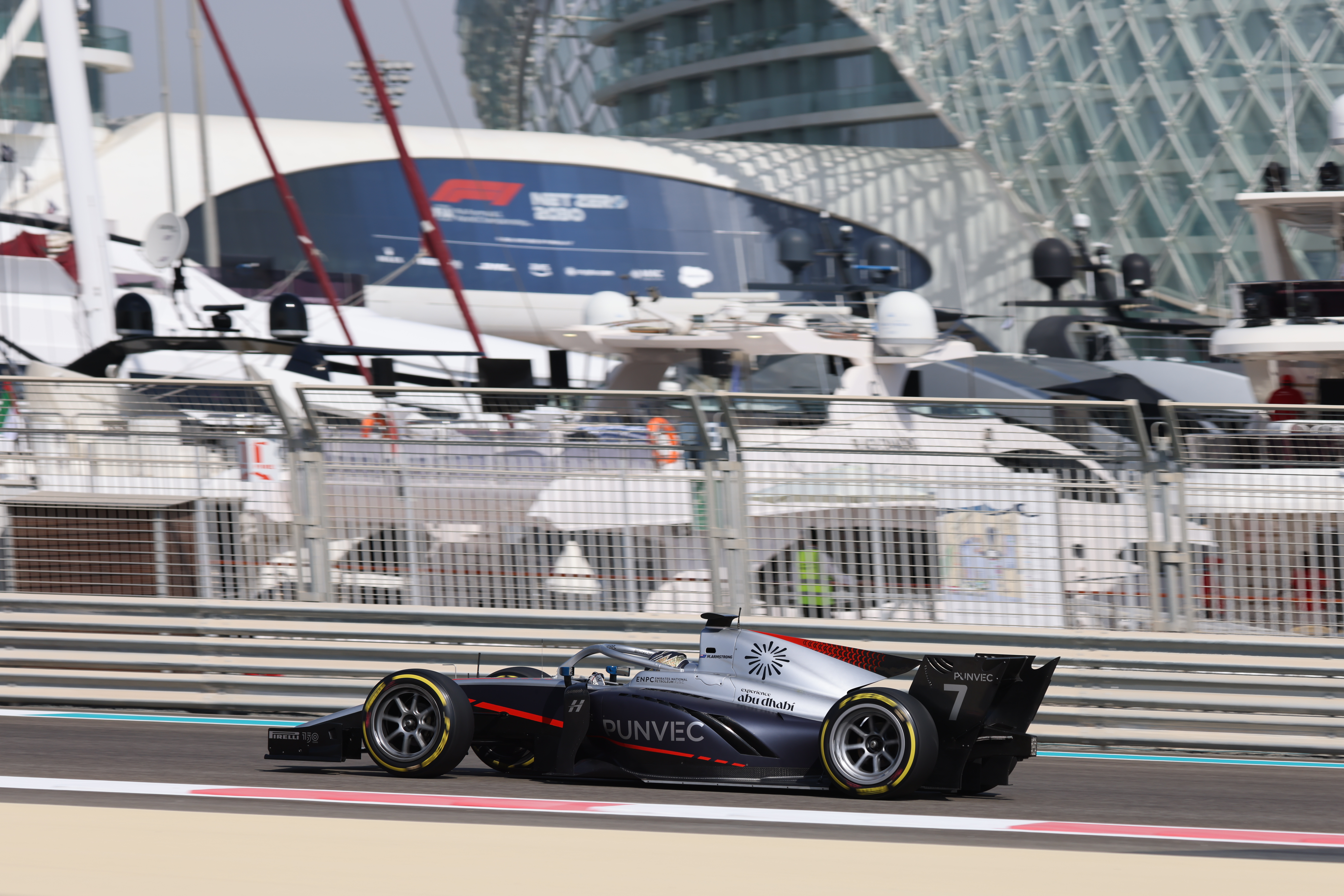
During last year’s debate over Andretti’s plans, Mercedes team boss Toto Wolff said any new F1 entry would need around $1billion to run at the front immediately.
Financial stability was something lacking in the four successfully accepted teams for the 2010 season – a mistake the FIA can’t afford to repeat.
“I’d be amazed if they don’t look for someone who has an absolute financial guarantee of X amount of funds for five seasons,” Mitchell-Malm explained earlier this week before the Andretti/Cadillac news broke.
“Five seasons feels realistic. If a new team comes in and crashes and burns in two or three years, that’s really bad for F1.
“It looks bad on that team, it looks bad on F1 from the point of view of suggesting to others that there’s no point of trying to set up a new team because it’s just never going to achieve anything.
“You should either show explicit funding for five years or have someone who underwrites it and has an absolute binding legal agreement to fund that team for five years in some way. Then you will know emphatically after five seasons whether this team is serious or not.
“They won’t necessarily be fighting for wins and titles but you will know if they’re still performing as for example Caterham was in its fifth season in 2014 that it’s a bit of a lost cause.
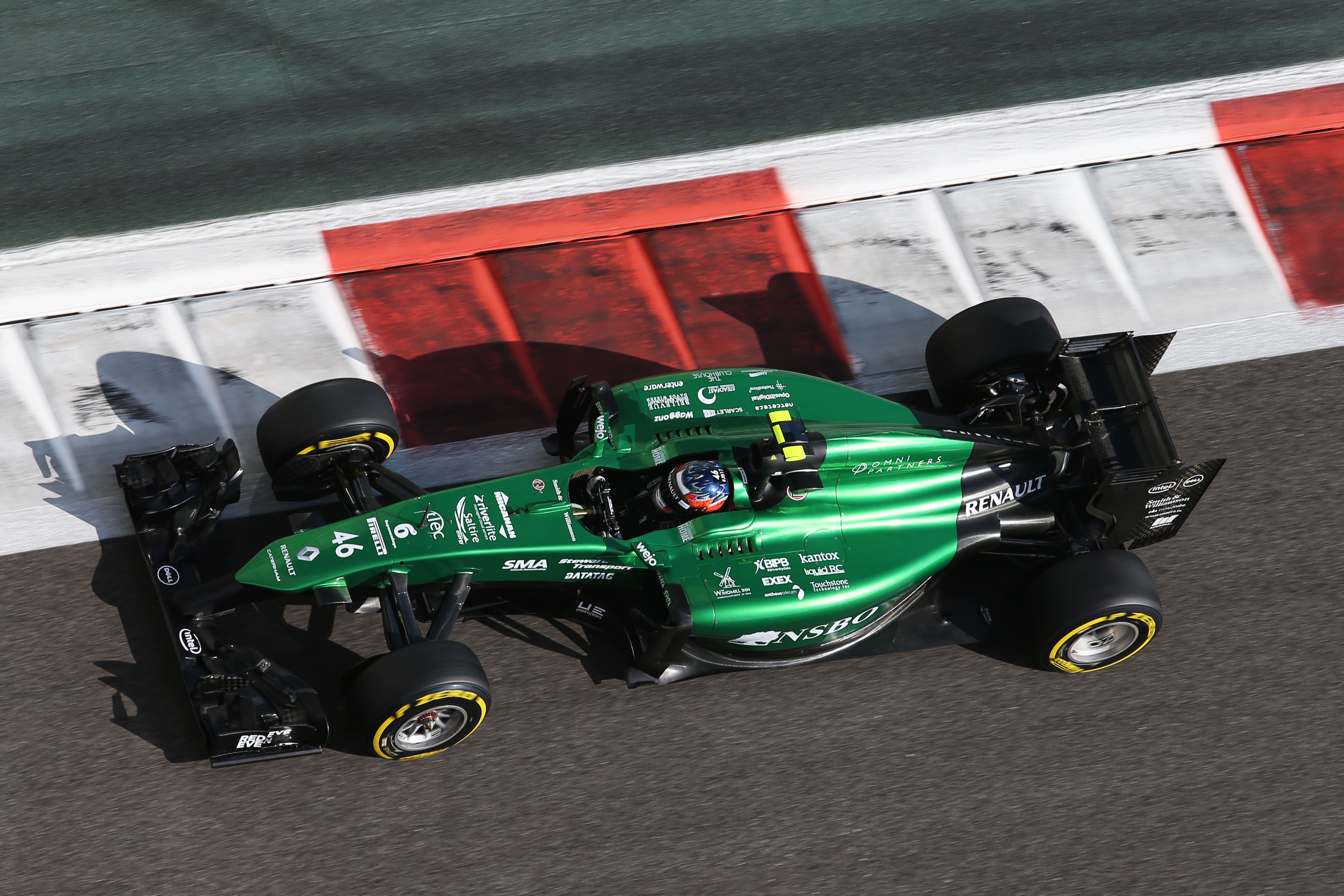
“The big example I would give of where F1 and the FIA need to set the bar is they need to learn from what happened with USF1 and work out whatever went wrong there and put in place the specific things you would do to avoid that happening.
“Because clearly the selection process that existed for that set of teams in 2010 had holes in it. They picked a team that never even managed to finish building a car, let alone run it at a track or start a grand prix.
“If that was able to happen through a supposedly thorough selection process, the process obviously wasn’t good enough.”
Edd Straw added that “realistically, just on a financial basis, you’re looking for a new team to be able to show it’s going to invest – you’re not talking hundreds of millions, you’re talking a billion dollars plus”.
That doesn’t mean Straw believes F1 should only accept potential frontrunning teams but that even those who would likely join F1’s midfield once established will need serious levels of long-term financial backing.
“First and foremost the idea of having a few more generally proper strong teams, not necessarily winning teams, strong competitive teams, is a positive thing,” Straw said.
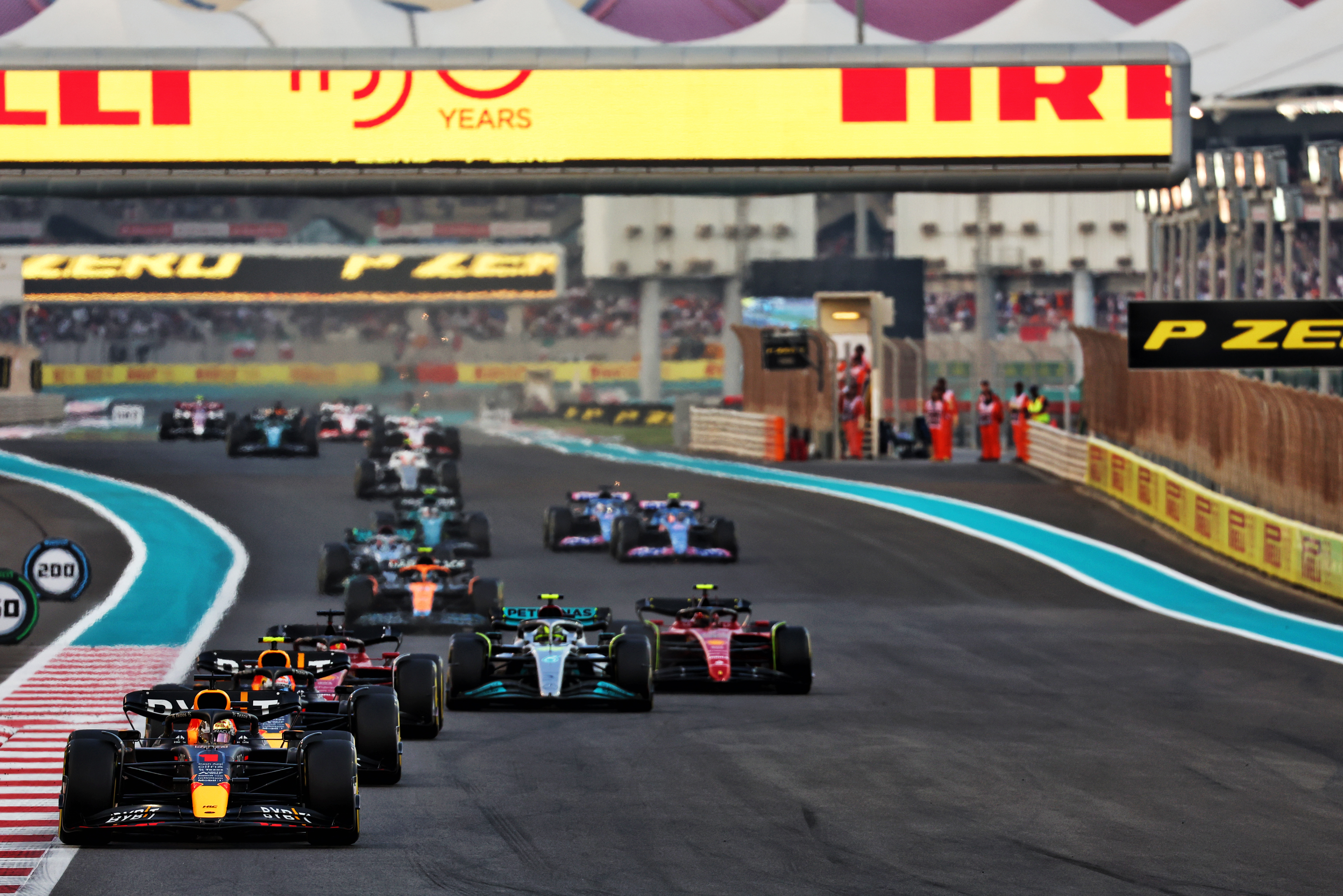
“There’s more good opportunities for drivers to get onto the grid, though as the 2010 teams showed, getting a back of the grid opportunity with a ‘class c’ team didn’t lead to a great deal for anybody that wasn’t already affiliated with somebody [such as Daniel Ricciardo and Esteban Ocon who earned their debuts with HRT and Manor but were already supported by Red Bull and Mercedes respectively].
“It can create more action and it can also help to grow F1.
“Obviously an American team is something that’s very important to F1, but it would also be great if there was something like an east-Asian team, for example.
“That could bring interest to that part of the world that almost feels overlooked as an important growth area.
“This is a world championship. It shouldn’t just be driven towards building on itself in the US.
“There are all sorts of hopes that you could get other regions in the world interested in this kind of team project.”
But the coup Andretti has now pulled off – and the fact that there’s no absolute guarantee yet that even this Cadillac package will be enough to convince both F1 and the FIA – shows just how grand a scale any realistic new F1 team bid will need to achieve.
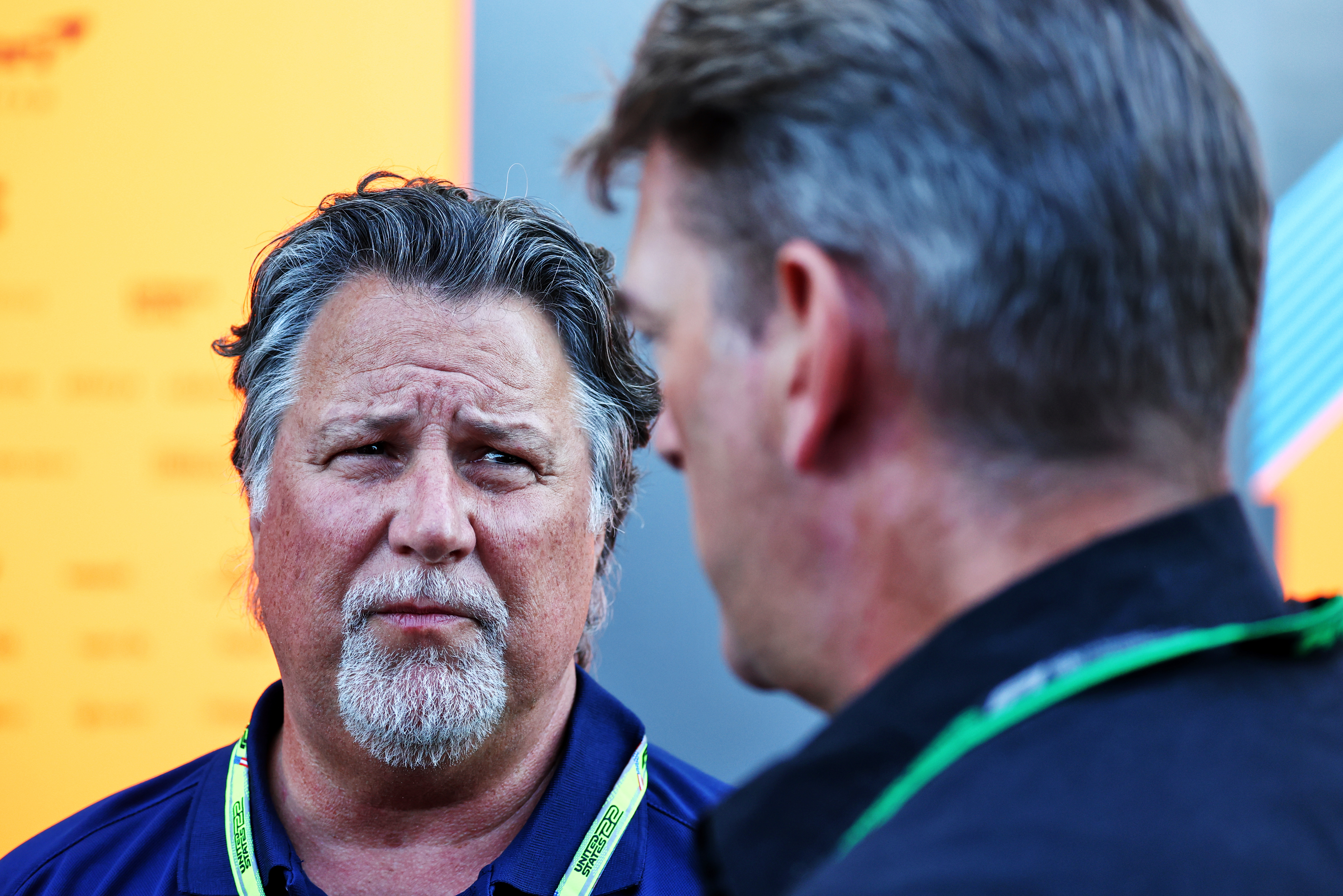
“The scepticism around the Andretti entry was because it was this slightly abstract idea with a lot of talk behind it and an assumption that because the Andretti name is well known therefore we should take the entry seriously,” added Mitchell-Malm.
“I certainly believed they should be given the benefit of the doubt, but having a famous name was no guarantee that an F1 project would be serious to the point of being competitive and giving confidence it would be in for the long haul.
“But you don’t strike a deal like this with GM and Cadillac to be in F1 for two or three years then disappear or to do a half-job $20million below the budget cap or anything like that. It has elevated it to a level that Andretti simply wasn’t at when it was on its own.
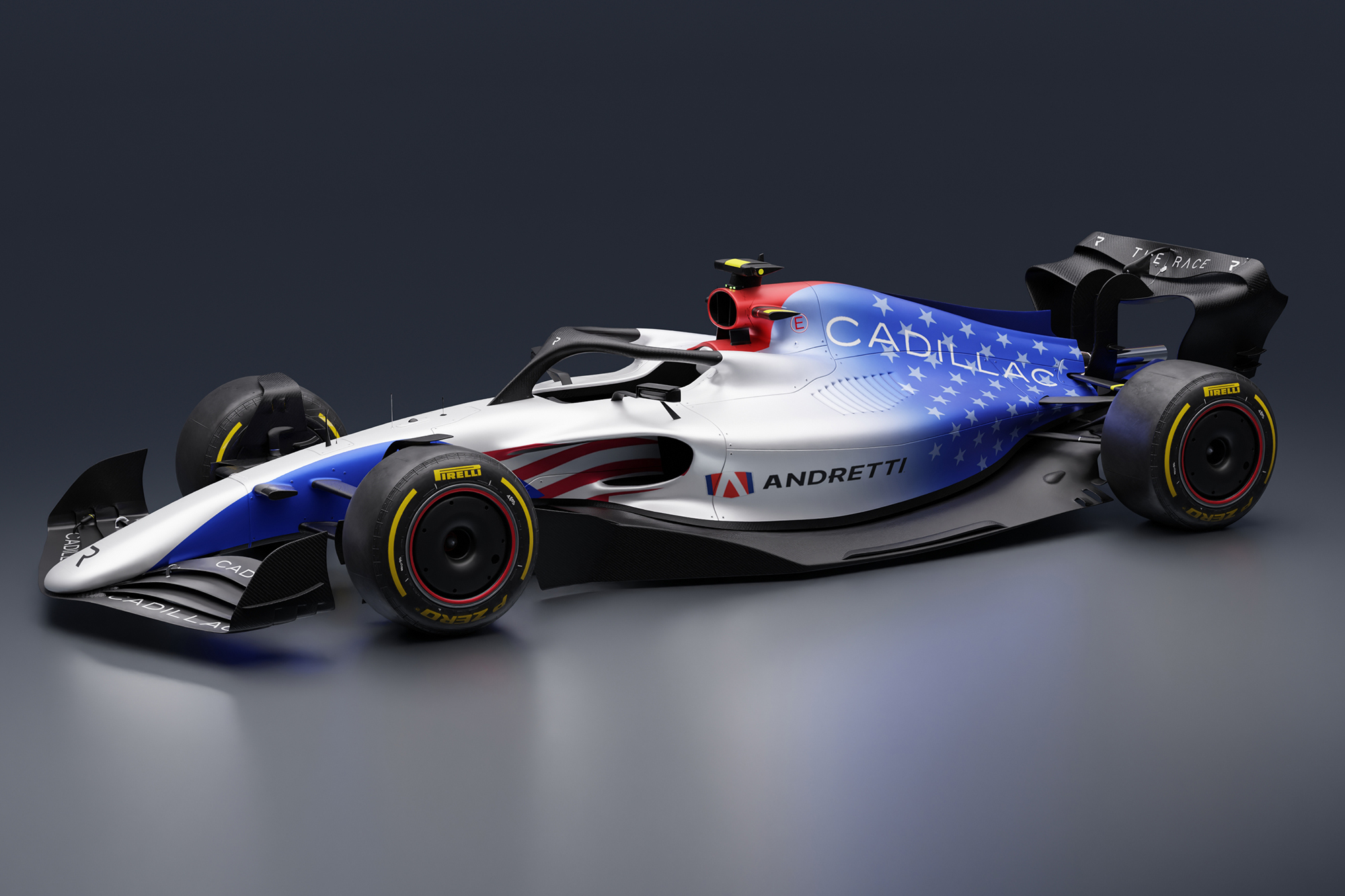
“If this kind of partnership can’t convince the FIA and F1 that it merits a place on the grid, I don’t see what can.
“When you look at the basic selection criteria, you have everything from racing background and technical capability to potential for funding and the value that it would bring to the championship.
“Andretti and Cadillac combined passes that with flying colours.”
Will anyone else emerge that might even come close?


